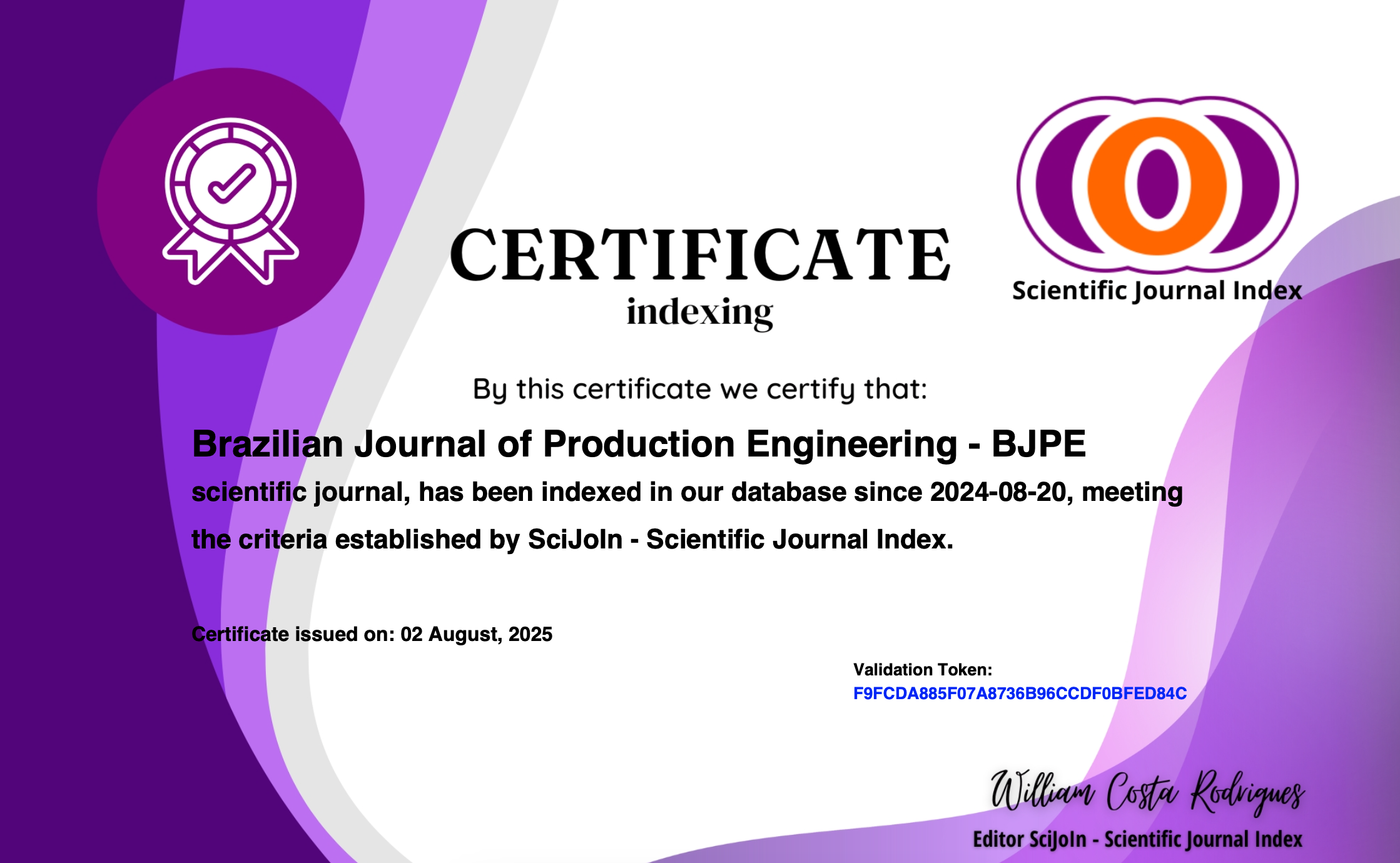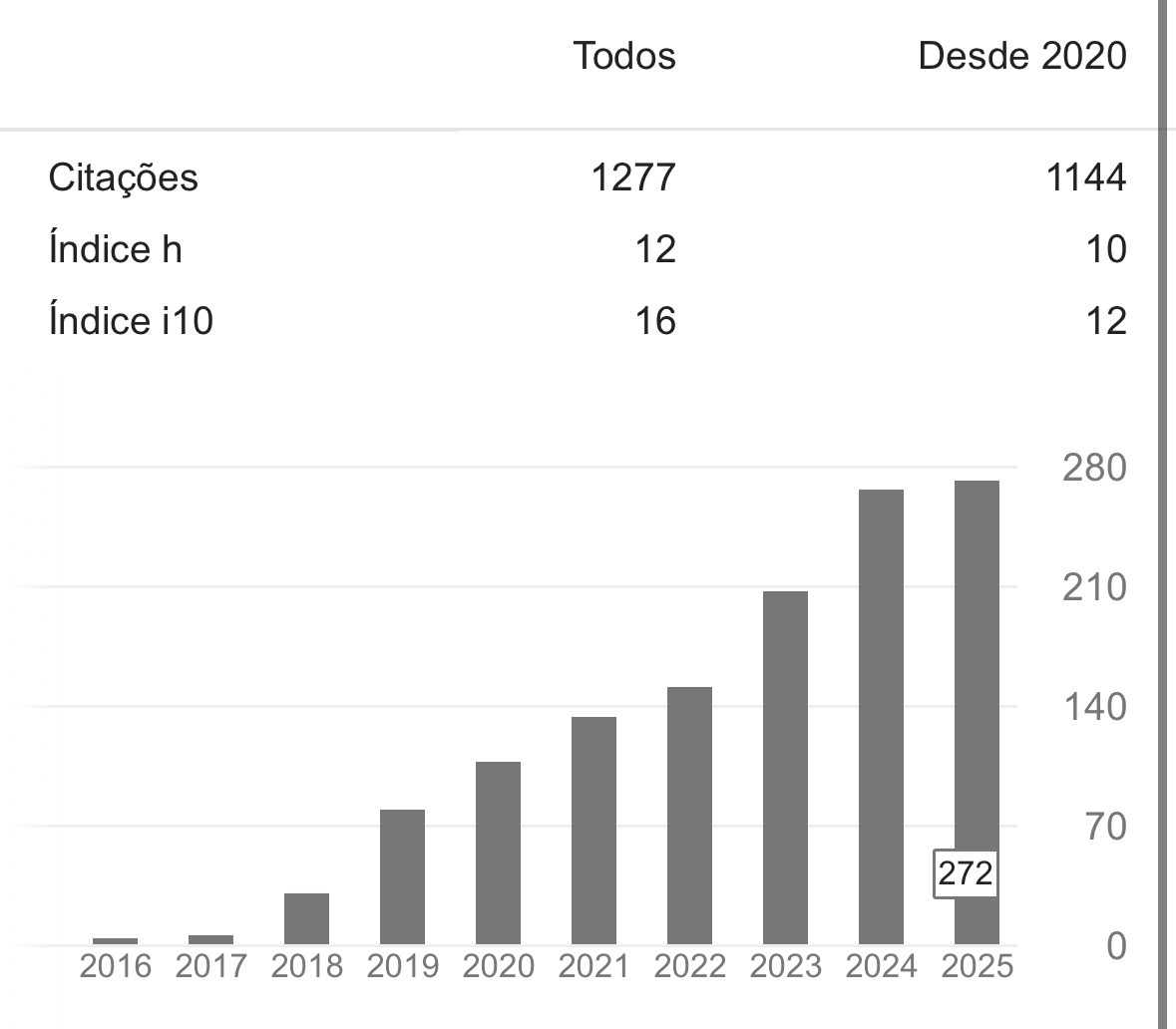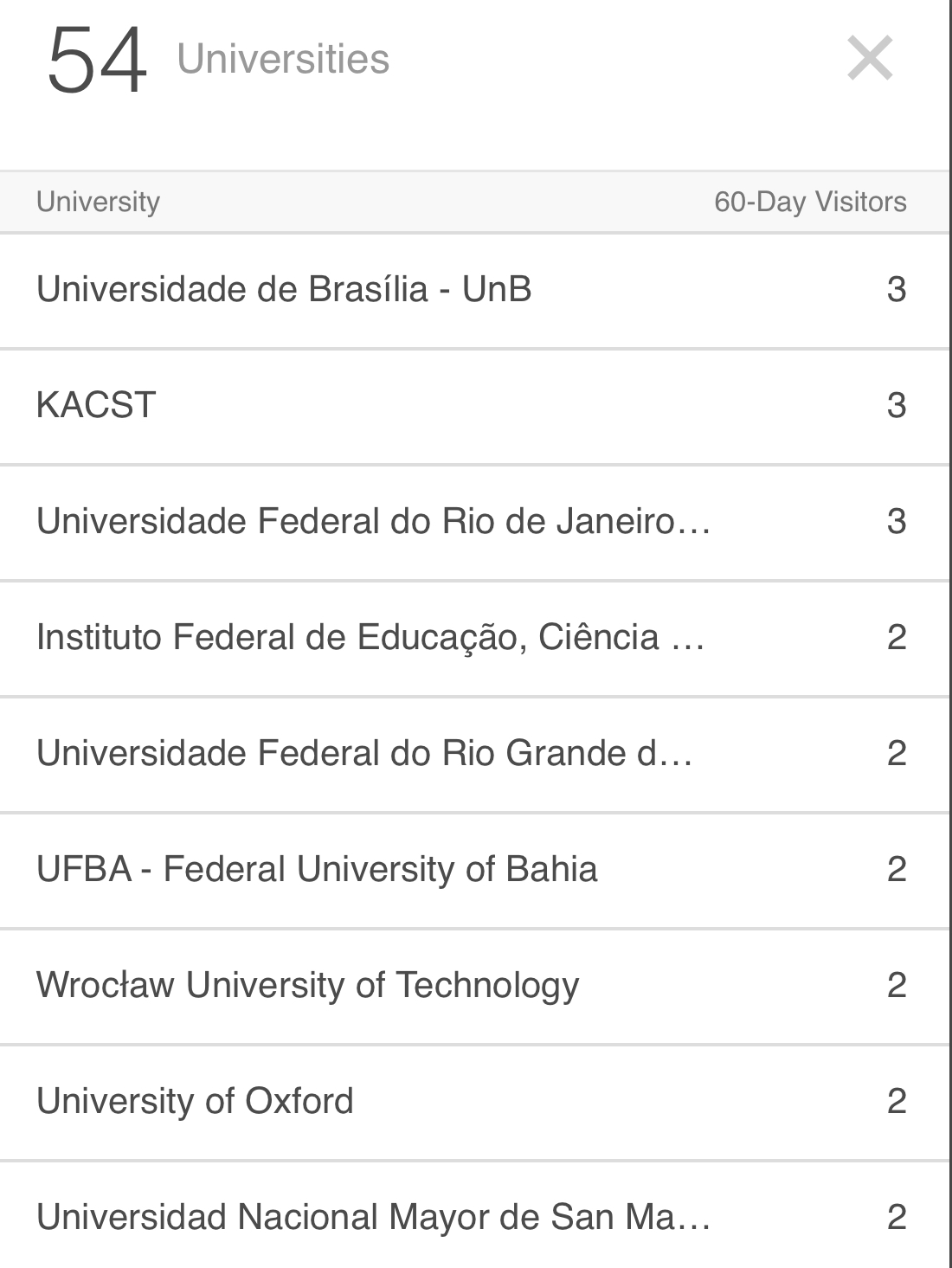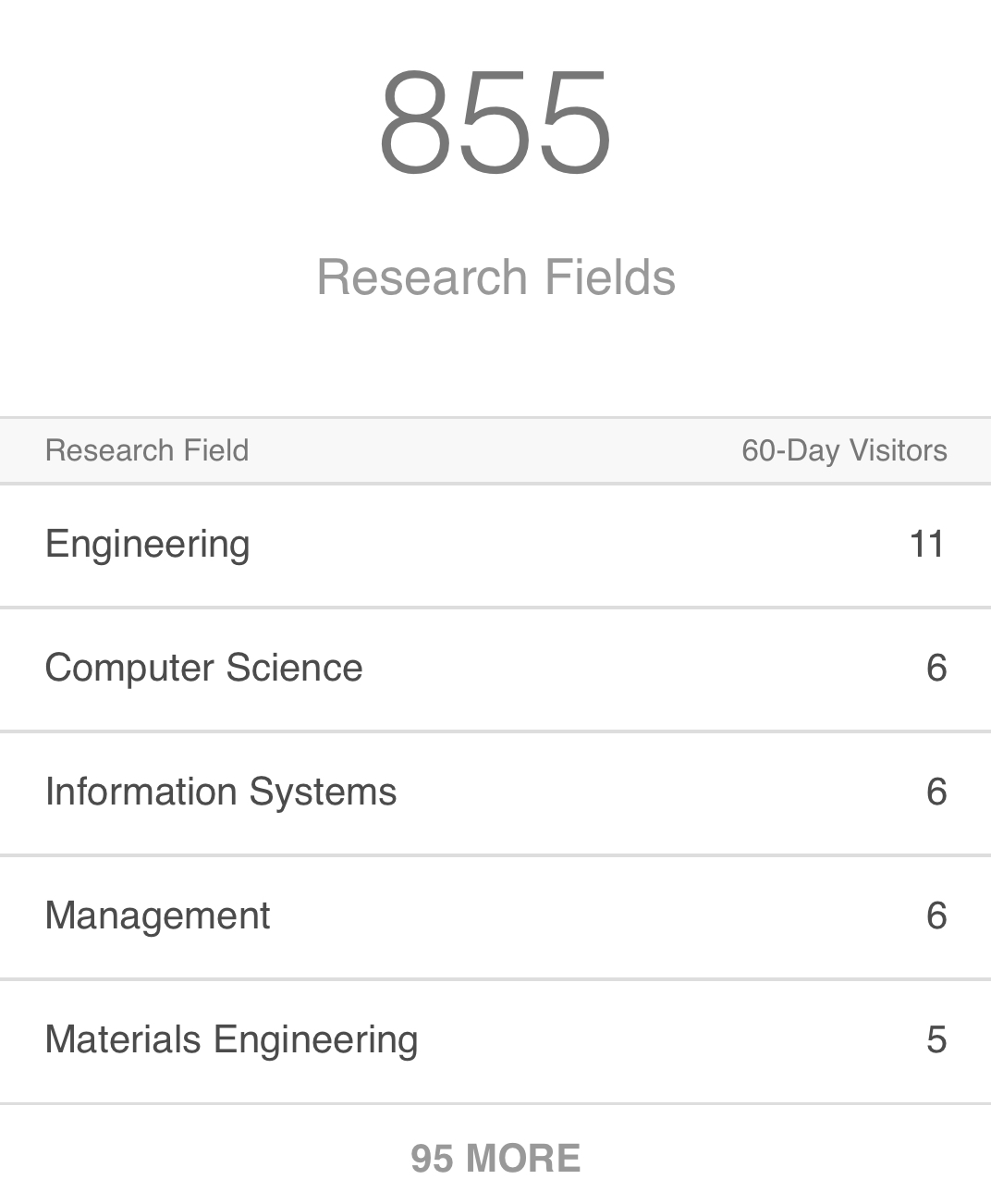Sorting operational indicators of container terminals
DOI:
https://doi.org/10.47456/bjpe.v9i2.40525Palavras-chave:
seaport, operational indicator, AHPResumo
Seaports are well known as playing an important role in multimodal transport systems and international supply chains, requiring operational efficiency to deliver value for the customers. In order to ensure a high-level service, managing an organization based on performance indicators are essential for drive the operations toward the strategic plan. Container terminals are inserted in this context, where the management effort and financial resources should be balanced in order to achieve the best utility of the entire system. With that in mind, this research aims to establish the dimensions of the most relevant operational indicators of Brazilian container terminals by applying the Analytic Hierarchy Process (AHP) multi-criteria method, providing a set of indicators as reference for decision-makers. Toward this goal, we carried out a systematic review in Scopus databases, identifying 38 dimensions of operational indicators that were pairwise compared by managers that represented 7 Brazilian container terminals, responsible for handling 71% of Brazil's container throughput. This research has made practical and managerial contributions, ranking the operational indicators to aid decision-makers to manage container terminals toward their strategy.
Downloads
Referências
Agência Nacional de Transportes Aquaviários. (2022). Estatísticas. Recuperado de https://web3.antaq.gov.br/ea/smartphone/pages/movContainer/movContainer.html
Agência Nacional dos Transportes Ferroviários. (2019). The Brazilian Rail Freight Sector. Recuperado de https://www.antf.org.br/informacoes-gerais/
Al-Eraqi, A., Mustafa, A., & Khader, A. (2010). An extended DEA windows analysis: Middle East and East African seaports. Journal of Economic Studies, 37(2), 208-218. https://doi.org/10.1108/01443581011043591
Bierwirth, C. & Meisel, F. (2010). A survey of berth allocation and quay crane scheduling problems in container terminals. European Journal of Operational Research, 202(3), 615-627. https://doi.org/10.1016/j.ejor.2009.05.031
Božičević, J., Lovrić, I., Bartulović, D., Steiner, S., Roso, V., & Škrinjar, J. (2021). Determining Optimal Dry Port Location for Seaport Rijeka Using AHP Decision-Making Methodology. Sustainability, 13, 6471. https://doi.org/10.3390/su13116471
Caggiani, L., Iannucci, G., Ottomanelli, M., Tangari, L., & Sassanelli, D. (2012). A fuzzy data meta training system for ranking hub container terminals. European Transport, 51(4), 1-16.
Cartenì, A. & Luca, S. (2012). Tactical and strategic planning for a container terminal: Modelling issues within a discrete event simulation approach. Simulation Modelling Practice and Theory, 21, 123-145. https://doi.org/10.1016/j.simpat.2011.10.005
Cruz, M., Ferreira, J., & Azevedo, S. (2013). Key factors of seaport competitiveness based on the stakeholder perspective: An Analytic Hierarchy Process (AHP) model. Maritime Economics & Logistics, 15, 416-443. https://doi.org/10.1057/mel.2013.14
Almeida, A., de. (2013). Processo de decisão nas organizações: construindo modelos de decisão multicritério. São Paulo: Atlas.
Drucker, P. (1954). The practice of management. New York: Harper & Row.
Fazi, S. & Roodbergen, K. (2018). Effects of demurrage and detention regimes on dry-port-based inland container transport. Transp. Res. Part C, 89, 1-18. https://doi.org/10.1016/j.trc.2018.01.012
Felicio, J., Caldeirinha, V., & Dionísio, A. (2014). The effect of port and container terminal characteristics on terminal performance. Maritime Economics & Transportation, 17, 493-514. https://doi.org/10.1057/mel.2014.33
Feng, M., Mangan, J., & Lalwani, C. (2012). Comparing port performance: Western European versus Eastern Asian ports. International Journal of Physical Distribution & Logistics Management, 42(5), 490-512. https://doi.org/10.1108/09600031211246537
Gonçalves, W., Rocha, A., Zatta, F., & Santos, D. (2021). Analytic hierarchy process (AHP) e a definição de atributos para apoio a tomada de decisão: uma análise bibliométrica. Brazilian Journal od Production Engineering, 7(5), 103-118. https://doi.org/10.47456/bjpe.v7i5.36744
Ha, M. & Yang, Z. (2017). Comparative analysis of port performance indicators: Independency and interdependency. Transportation Research Part A, 103,264-278. https://doi.org/10.1016/j.tra.2017.06.013
Ha, M., Yang, Z., Notteboom, T., Ng, A., & Heo, M. (2017). Revisiting port performance measurement: A hybrid multi-stakeholder framework for the modelling of port performance indicators. Transp. Res. Part E, 103, 1–16. https://doi.org/10.1016/j.tre.2017.04.008
Haralambides, H. (2019). Gigantism in Container Shipping, Ports and Global Logistics: A Time-Lapse into the Future. Maritime Economics and Logistics, 21, 1-60. https://doi.org/10.1057/s41278-018-00116-0
Hauser, J. & Katz, G. (1998). Metrics: You Are What You Measure! European Management Journal, 16(5), 517-528. https://doi.org/10.1016/S0263-2373(98)00029-2
Huang, W., Wang, J., Kuo, T., & Wu, C. (2010). A Research on the Improvement Strategy on the Operation performance of Container Terminal. Journal of the Eastern Asia Society for Transportation Studies, 9, 2256-2271.
Instituto Brasileiro de Geografia e Estatística. (2020). Projections of the population in Brazil. Recuperado de https://www.ibge.gov.br/apps/populacao/projecao/
Jamain, R., Zakaria, R., & Satar, N. (2023). Asian port performance dimensions and analysis: a systematic literature review. International Journal of Professional Business Review, 8, 1-37. https://doi.org/10.26668/businessreview/2023.v8i1.1165
Jiang, J., Lee, L., Chew, E., & Gan, C. (2015). Port connectivity study: An analysis framework from container liner shipping network perspective. Transportation Research Part E, 73, 47-64. https://doi.org/10.1016/j.tre.2014.10.012
Júnior, R. (2008). Hierarquização dos Indicadores de Desempenho da Qualidade Aplicada aos Terminais Portuários de Movimentação de Contêineres (Dissertação de Mestrado). Instituto Militar de Engenharia, Rio de Janeiro, Brasil.
Kaplan, R. & Norton, D. (1992). The Balanced Scorecard: Measures that drive performance. Harvard Business Review, 5(3), 71-79.
Keeney, R. L. (1992). Value-focused thinking: A path to creative decision making. Cambridge: Harvard University Press.
Khaslavskaya, A. & Roso, V. (2020). Dry ports: research outcomes, trends, and future implications. Maritime Economics and Logistics, 22, 265-292. https://doi.org/10.1057/s41278-020-00152-9
Kim, B., Kim, G., & Kang, M. (2022). Study on Comparing the Performance of Fully Automated Container Terminals during the COVID-19 Pandemic. Sustainability, 14, 9415. https://doi.org/ 10.3390/su14159415
Lam, J. & Song, D. (2013). Seaport network performance measurement in the context of global freight supply chains. Polish Maritime Research, 20, 47-54. https://doi.org/10.2478/pomr-2013-0026
Lamii, N., Bentaleb, F., Fri, M., Mabrouki, C., & Semma, E. (2022). Use of DELPHI-AHP Method to Identify and Analyze Risks in Seaport Dry Port System. Transactions on Maritime Science, 11, 185-206. https://doi.org/10.7225/toms.v11.n01.w12
Largen, P., & Sharypova, K. (2013). Intermodal connectivity as a port performance indicator. Research in Transportation Business & Management, 8, 97-102. https://doi.org/10.1016/j.rtbm.2013.06.003
Lee, B. & Kim, K. (2013). Optimizing the yard layout in container terminals. OR Spectrum, 35(2), 363-398. https://doi.org/10.1007/s00291-012-0298-z
Mahtani, U. & Garg, C. (2018). An analysis of key factors of financial distress in airline companies in India using fuzzy AHP framework. Transportation Research Part A, 117(C), 87-102. https://doi.org/10.1016/j.tra.2018.08.016
Mauboussin, M. (2012). The True Measures of Success. Most Companies Use The Wrong Performance Metrics. Don’t Be One Of Them. Harvard Business Review, 90(10), 4-10.
Ministério do Desenvolvimento, Indústria, Comércio e Serviços. (2021). Import and export general data. Recuperado de http://comexstat.mdic.gov.br/pt/geral
Moya, J. & Valero, M. (2016). Port choice in container market: a literature review. Transport Reviews, 37, 300-321. https://doi.org/10.1080/01441647.2016.1231233
Munim, Z. & Schramm, H. (2018). The impacts of port infrastructure and logistics performance on economic growth: the mediating role of seaborne trade. Journal of Shipping and Trade, 3, 1-16. https://doi.org/10.1186/s41072-018-0027-0
Niedritis, A., Niedrite, L., & Kozmina, N. (2011). Performance measurement framework with formal indicator definitions. Perspectives in Business Informatics Research, 90, 44-58. https://doi.org/10.1007/978-3-642-24511-4_4
Nosal, K. & Solecka, K. (2014). Application of AHP Method for Multi-criteria Evaluation of Variants of the Integration of Urban Public Transport. Transportation Research Procedia, 3, 269-278. https://doi.org/10.1016/j.trpro.2014.10.006
Pun, K. & Nurse, A. (2010). Adopting quality management principles to revitalise the facilities maintenance practices at a port: A study in Trinidad and Tobago. Asian Journal on Quality, 11(3), 197-209. https://doi.org/10.1108/15982681011093961
Rashidi, H. & Tsang, E. (2013). Novel constraints satisfaction models for optimization problems in container terminals. Applied Mathematical Modelling, 37, 3601-3634. https://doi.org/10.1016/j.apm.2012.07.042
Rezaei, J. & Ortt, R. (2013). Supplier segmentation using fuzzy logic. Industrial Marketing Management, 42(4), 507-517. https://doi.org/10.1016/j.indmarman.2013.03.003
Rios, C. & Sousa, R. (2014). Cluster analysis of the competitiveness of container ports in Brazil. Transportation Research Part A, 69, 423-431. https://doi.org/10.1016/j.tra.2014.09.005
Rodrigues, T., Mota, C., Pinto, D., & Araújo, A. (2021). Identifying the factors engaged in customers’ choice to operate through dry port or seaport [Anais do International Joint Conference on Industrial Engineering and Operations Management]. IJCIEOM 2021, Rio de Janeiro, Brasil.
Saaty, T. (1987). The Analytic Hierarchy Process: What it is and how it is used. Math Modelling, 9(3), 161-176.
Saaty, T. (1994). Fundamentals of Decision Making and Priority Theory with the Analytic Hierarchy Process. 1 ed. Pittsburgh: Hardcopy.
Saaty, T. (2012). Decision Making for Leaders: The Analytic Hierarchy Process for Decision in a Complex World. 3 ed. Pittsburgh: RWS Publication.
Saaty, T. & Alexander, J. (2013). Conflict Resolution: The Analytic Hierarchy Approach. Pittsburgh: RWS Publication.
Simoni, M., Schiavone, F., Risitano, M., Leone, D., & Chen, J. (2022). Group-Specific Business Process Improvements via a Port Community System: The Case of Rotterdam. Production Planning and Control, 33(4), 371-385. https://doi.org/10.1080/09537287.2020.1824029
Subramian, N. & Ramanathan, R. (2012). A review of applications of Analytic Hierarchy Process in operations management. Int. J. Production Economics, 138, 215-241. https://doi.org/10.1016/j.ijpe.2012.03.036
Talley, M. & Ng, M. (2013). Maritime transport chain choice by carriers, port and shippers. Int. J. Production Economics, 142, 311-316. https://doi.org/10.1016/j.ijpe.2012.11.013
Tapia, R., Zárate, C., Esteban, A., Vieira, G., & Senna, L. (2014). Proposición y Evaluación de Indicadores de Movimiento de Carga para el puerto de Mar Del Plata. Espacios, 35(11), 9-21.
Tran, N., Haasis, H., & Buer, T. (2017). Container Shipping Route Design Incorporating the Costs of Shipping, Inland/Feeder Transport, Inventory and CO2 Emission. Maritime Economics and Logistics, 19(4), 667–694. https://doi.org/10.1057/mel.2016.11
Tranfield, D., Deyer, D., & Smart, P. (2003). Towards a Methodology for Developing Evidence-Informed Management Knowledge by Means of Systematic Review. British Journal of Management, 14(3), 207-222. https://doi.org/10.1111/1467-8551.00375
United Nations Conference on Trade and Development. (2019). Review of maritime transport. Recuperado de https://unctad.org/en/Pages/Publications/Review-of-Maritime-Transport-(Series).aspx
Vaidya, O. & Kumar, S. (2006). Analytic hierarchy process: An overview of applications. European Journal of Operational Research, 169, 1-29. https://doi.org/10.1016/j.ejor.2004.04.028
Yeo, G., Roe, M., & Dinwoodie, J. (2011). Measuring the competitiveness of container ports: logisticians’ perspectives. European Journal of Marketing, 45(3), 455-470. https://doi.org/10.1108/03090561111107276
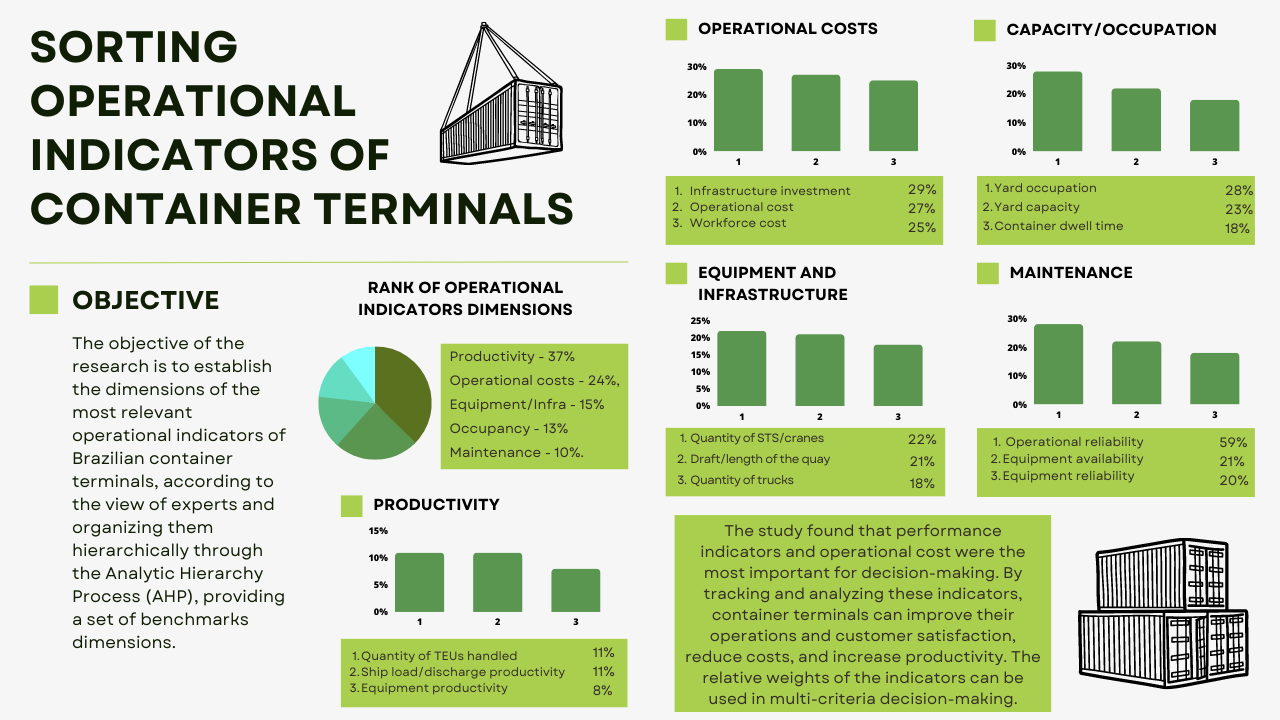
Downloads
Publicado
Edição
Seção
Licença
Copyright (c) 2023 Thiago de Almeida Rodrigues, Brenda Siqueira da Silva, Brunela Louvem Brunetti, Julia Barbosa Pizzo (Autor)

Este trabalho está licenciado sob uma licença Creative Commons Attribution 4.0 International License.

Todos os trabalhos publicados na Brazilian Journal of Production Engineering (BJPE) estão licenciados sob a Creative Commons Atribuição 4.0 Internacional (CC BY 4.0).
Isso significa que:
-
Qualquer pessoa pode copiar, distribuir, exibir, adaptar, remixar e até utilizar comercialmente os conteúdos publicados na revista;
-
Desde que sejam atribuídos os devidos créditos aos autores e à BJPE como fonte original;
-
Não é exigida permissão adicional para reutilização, desde que respeitados os termos da licença.
Esta política está em conformidade com os princípios do acesso aberto, promovendo a ampla disseminação do conhecimento científico.



2.png)

